How to plant blueberries – for healthy shrubs and delicious fruit
Expert advice on how to plant a blueberry shrub to ensure bumper fruit crops year after year
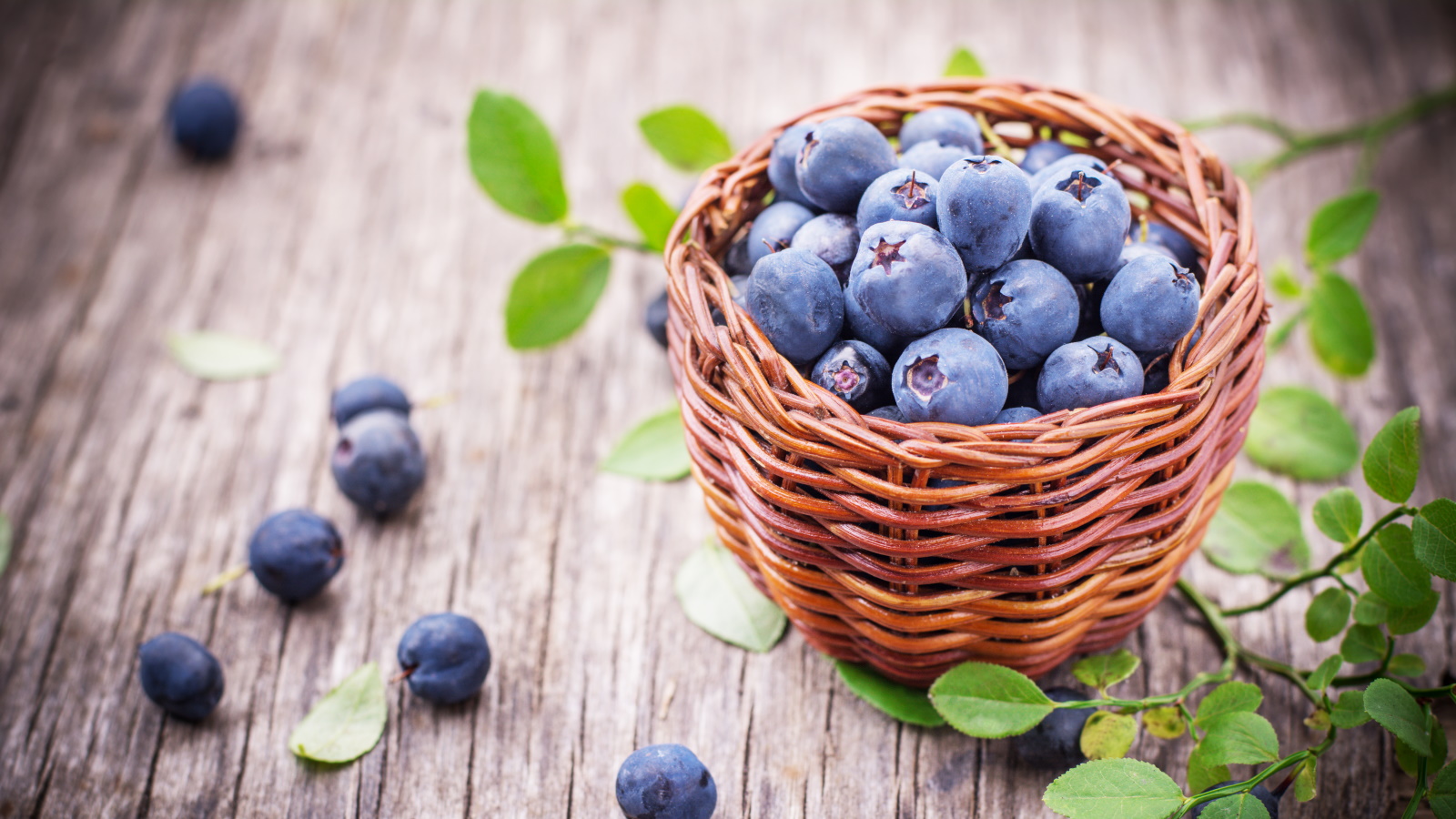

Rachel Bull
Heralded for their super-food qualities, blueberries are sweet and delicious soft fruits, and have become a staple in most kitchens. They are packed with vitamins and antioxidants and, importantly, with the right care and growing conditions, they are one of the simplest berries to grow.
These plants are native to North America, and will thrive provided they have acidic soil to grow in with a pH level of between 4 and 5.5. They even make an ideal fruit to grow in pots. Last month, we shared expert advice on when to plant blueberries, so now it's time to learn how to plant blueberries.
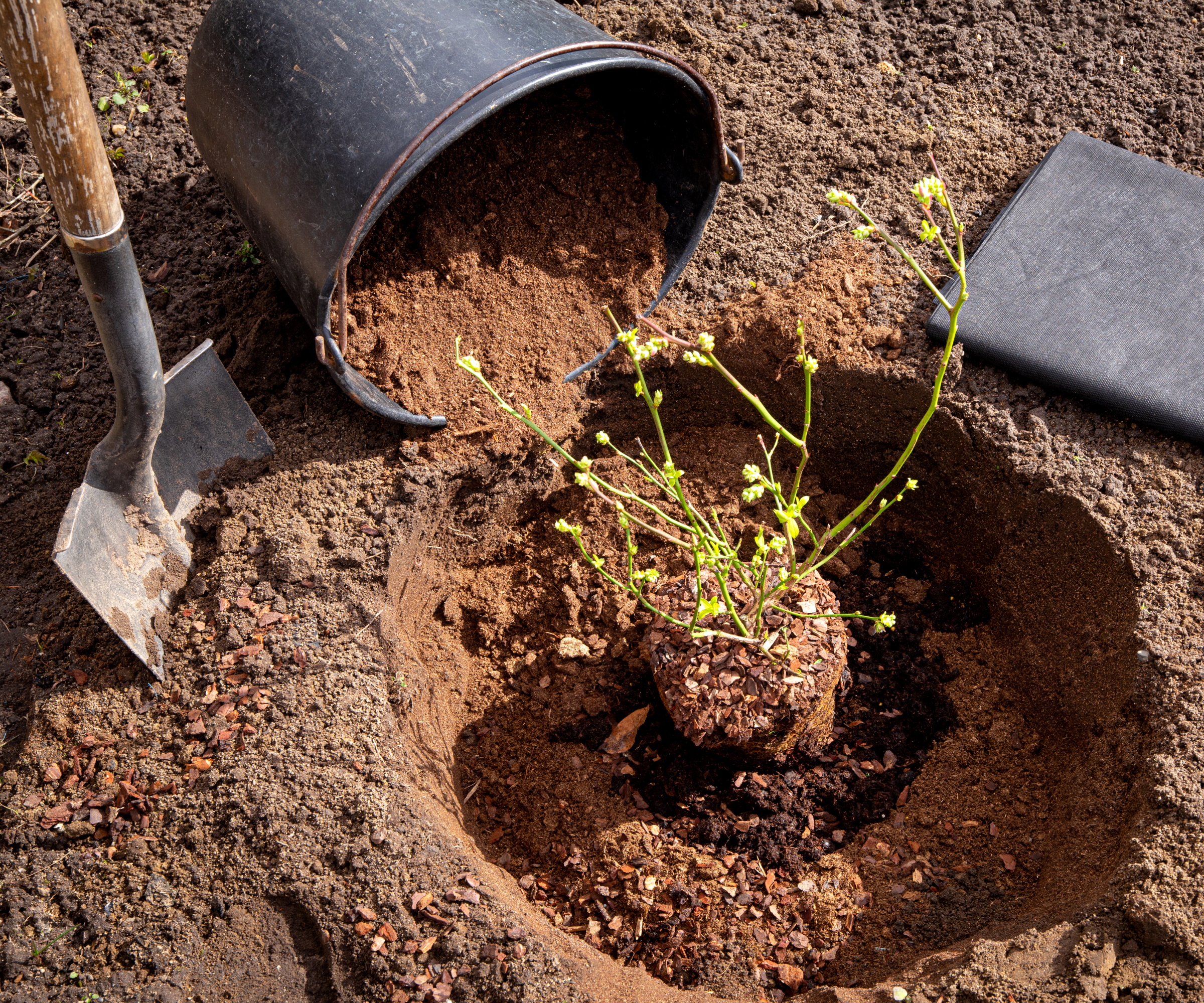
How to plant a blueberry shrub
Once you have tested your soil's pH level and bought your shrubs, it’s time to get planting. There are a great many varieties of blueberry to choose from, including the Spartan blueberry bush from Nature Hills.
Drew Swainston, Content Editor at Homes & Gardens, and professional kitchen gardener, suggests mixing some organic matter such as garden compost or well-rotted manure into the soil before you start to increase its structure and improve fertility. Then simply follow these steps:
- Water the plant well, ideally with rain water if you live in a hard water area, where tap water will be alkaline.
- Dig a hole a little deeper than the rootball and three times as wide.
- Place the plant in the hole and adjust the level so that the stems will not be buried beneath the soil surface after planting.
- Backfill around the roots with the excavated soil and water well.
- Spread a 2–4 inch layer of composted pine bark or leafmold around your plants, leaving a gap around the stems, which will help to retain water in the soil and reduce weed growth.
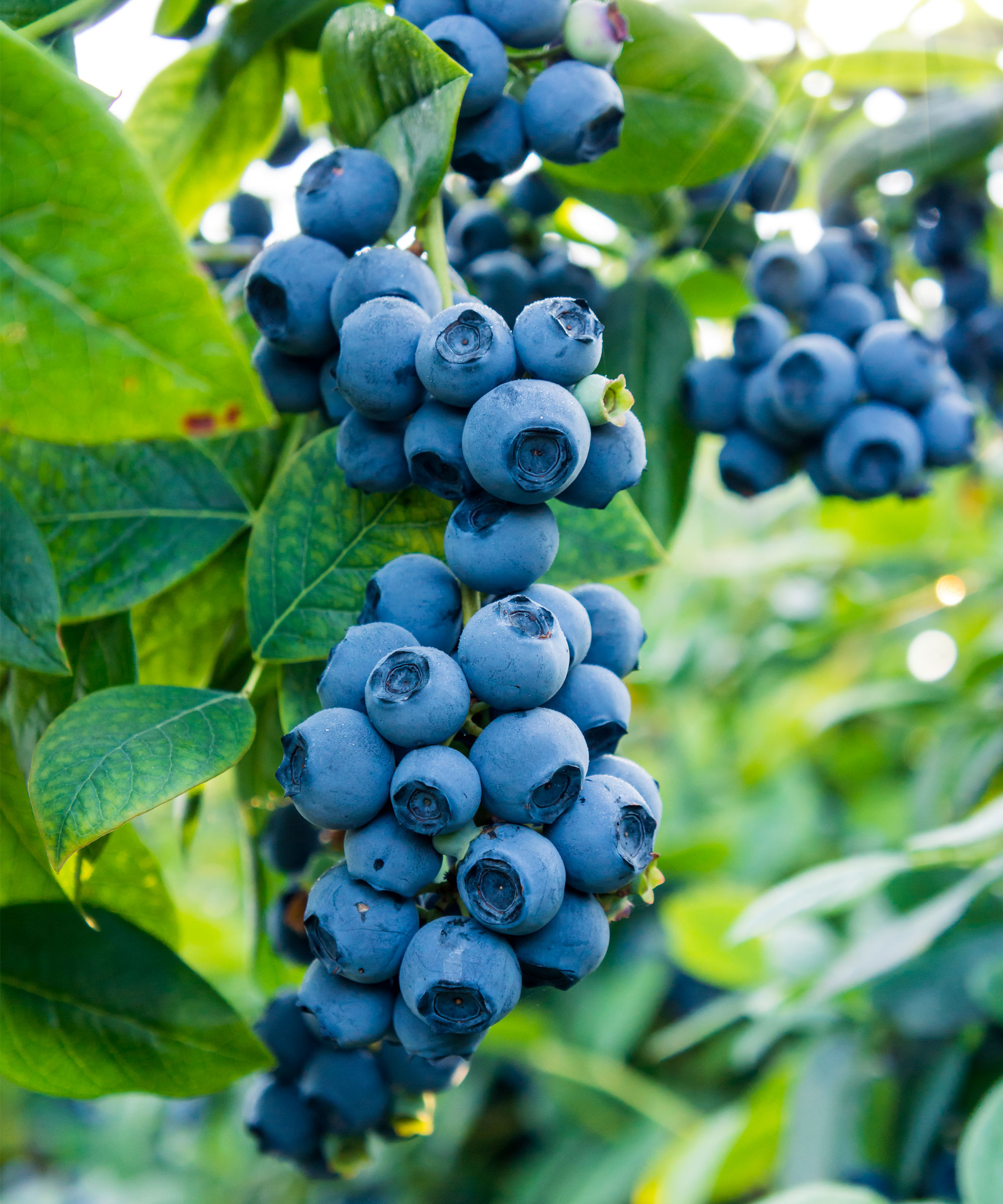
What's the best way to water a blueberry?
Blueberries should be kept well-watered, ideally with rainwater as it is naturally acidic, while tap water is often more alkaline.
'Keep the soil around your plants moist in dry weather, but make sure they’re not drowning in waterlogged ground,' says Drew Swainston.
Mature, established plants with deeper roots will not need watering as frequently as newly planted blueberries, or those growing in pots.
Design expertise in your inbox – from inspiring decorating ideas and beautiful celebrity homes to practical gardening advice and shopping round-ups.
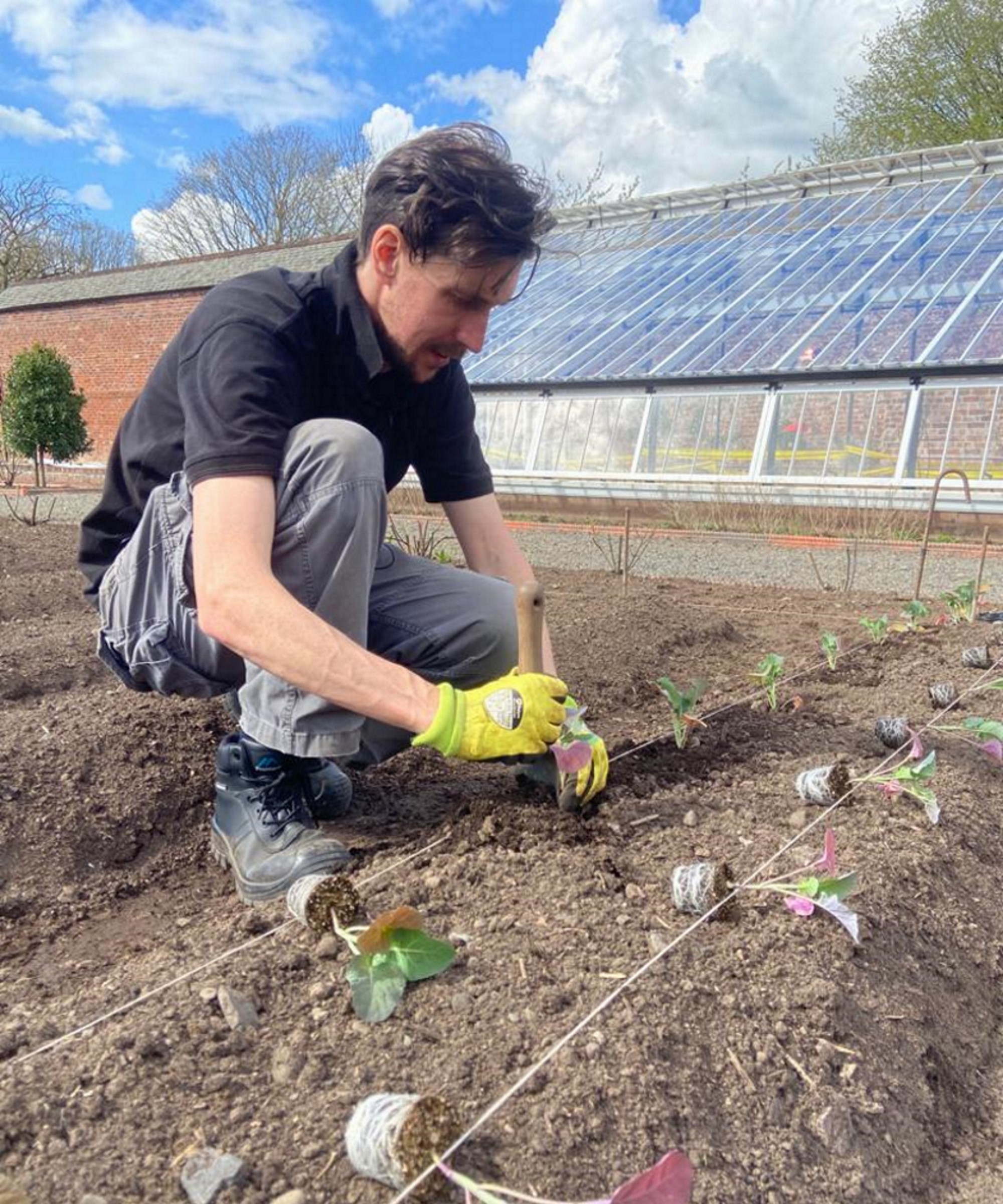
Drew qualified as a journalist before studying for a horticulture qualification, after which he worked as a professional gardener for several years, specializing in kitchen gardening. He's now bringing his expertise and passion to Homes & Gardens as a member of our team.
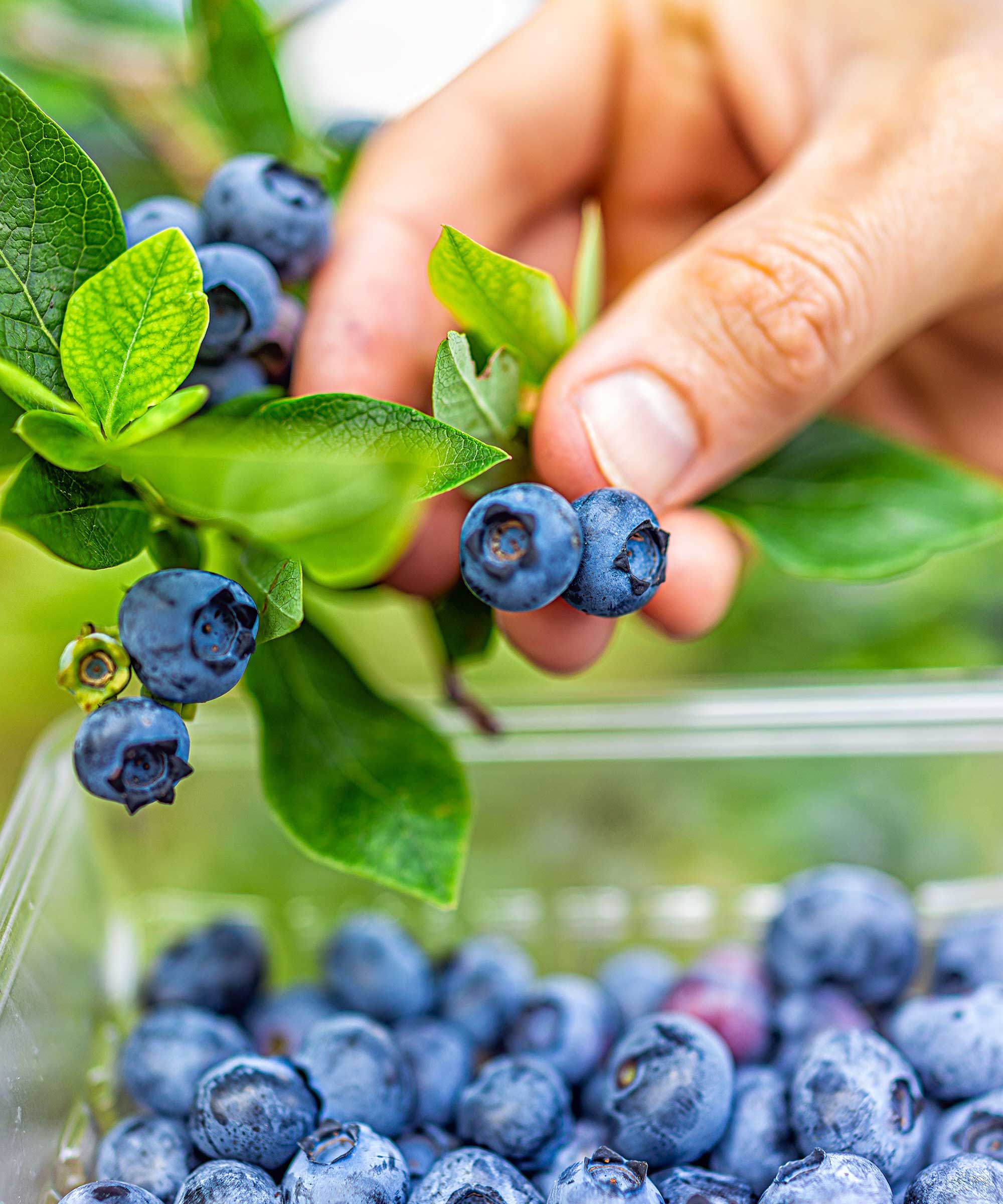
When should I feed my blueberries?
If you have acidic soil, established plants in the ground will not need too much extra food. However, it's useful to know when to fertilize blueberries should your plants require a little extra feeding.
'Blueberries benefit from a high-nitrogen fertilizer in late winter or early spring –chicken manure pellets are a great option for this,' advises Drew. Then apply a composted pine bark or leafmold mulch over the soil, leaving a gap around the stems.
'Plants in containers will need a monthly feed during the summer with a liquid fertilizer designed for acid-loving plants,' he adds. Remember to follow the manufacturers’ instructions, since blueberries will sulk if overfed.
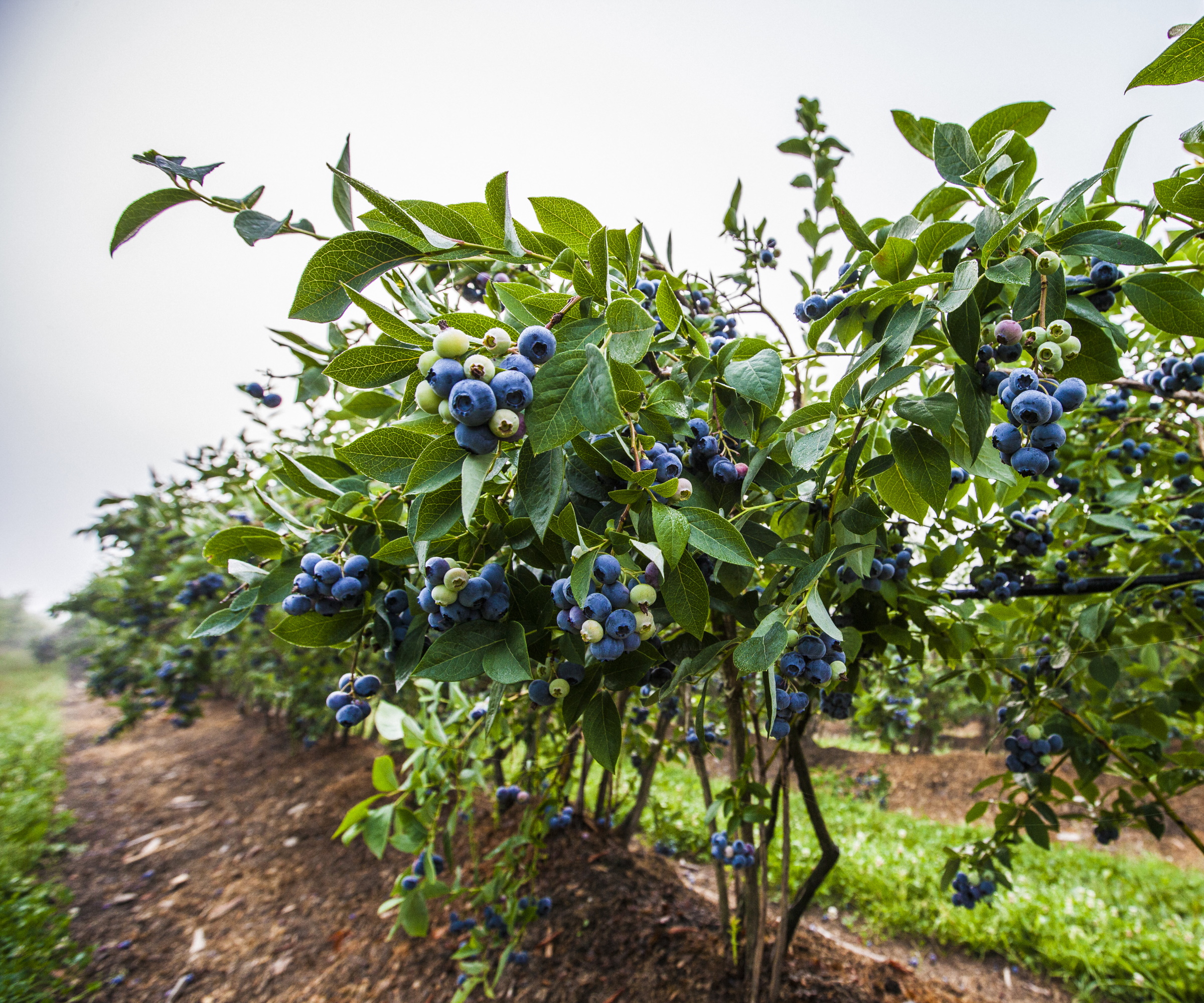
How should I care for my plant in its first year?
You may be eager to see a crop of berries as soon as possible after planting, but it’s advisable to remove the flowers and fruit in the first year, to allow the plant to put all its energies into establishing a good root system and leafy canopy. Your bush should then produce a good crop from year two onwards.
After the first two years of growing, blueberries will benefit from regular pruning to keep them productive. The best times to prune a blueberry bush are when it is still dormant, in late February and early March.
FAQs
Where is the best place to plant a blueberry bush?
For the best fruit crops, blueberries prefer a sunny, sheltered location, though they will grow in part-shade. Remember they need well-drained, acidic soil in which to thrive.
How can I make my soil more acidic for planting blueberries
If you need to make your soil more acidic, you can add granular sulfur or aluminum sulfate to your soil a few months before you plant your blueberry shrub. For an eco-friendly option, you can also try using coffee grounds, which makes a great all-round fertilizer, too.
With a little patience, you will be rewarded with delicious crops of versatile fruits, which freeze really well if you don't want to eat them fresh from the plant. If you're interested in growing nutritious soft fruits, you might also like to learn more about how to grow raspberries or how to grow goji berries.

Zia Allaway is a garden book author, editor, and journalist, and writes for a range of gardening and women’s magazines, including Easy Gardens, Homes & Gardens and Livingetc, as well as The Guardian and The Daily Telegraph newspapers. She has also written books for the Royal Horticultural Society and Dorling Kindersley publishers, including Eco-Gardening, Compost, Low Maintenance, Practical House Plant Book, Practical Cactus & Succulent Book, Indoor Edible Garden, What Plant Where, and the Encyclopedia of Plants and Flowers.
- Rachel BullHead of Gardens